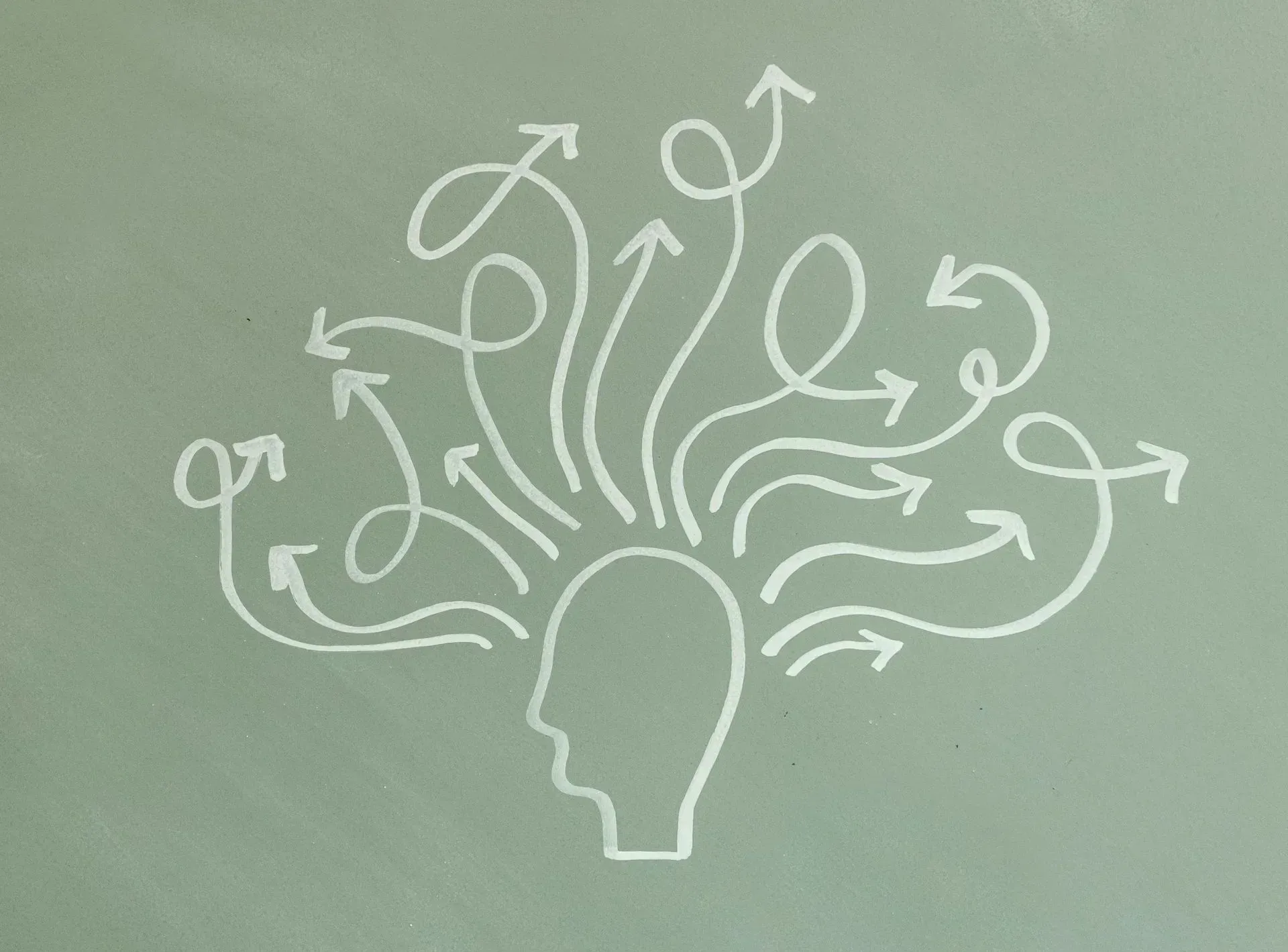Life after Gallbladder Removal
Jennifer Kleinhans, BS, CHES® • August 13, 2018
This is a subtitle for your new post
The gallbladder plays a vital role in the digestive process, and while the removal of the organ may provide relief from gallstones or other inflammatory related issues, its absence can cause discomfort when it comes to digesting and absorbing fats properly.
The gallbladder stores bile which is produced by the liver, and bile is essential for the digestion of fats in the diet. Once the gallbladder is removed the process of breaking down fat becomes more taxing on the digestive system. Think of it this way, if you place oil in water it will remain floating on the surface and does not mix in. However, when you add a drop of dish soap it breaks the oil into smaller droplets, thus allowing the oil and water to mix together (1). This is how bile works in the body, it acts like the “soap” that breaks down fats into smaller molecules to be absorbed.
If you’ve had your gallbladder removed, it’s quite possible eating foods that contain fat can result in digestive discomfort, stomach cramping, and even fatty stools due to improper absorption of fat. This is not to say you can no longer consume fats, but you may want to ease your way into reintroducing fats after surgery.
Supplements can also provide much needed support in breaking down fats after gallbladder removal. A few of my favorites are:
Enzymedica Lypo Gold: This product contains enzymes for protein and carbohydrates but has a specific focus on fats, and in studies has been shown to break down up to 22 grams of fat within 30 minutes. One capsule to be taken with each meal for optimal support. Plant based, vegan, and Kosher.
Vital Choice Superzymes: A combination formula of pancreatic enzymes for breaking down protein (protease), carbohydrates (amylase), and fats (lipases). Also contains:
- Bile acid- helps to break down fats so that fat digesting enzymes (lipases) can further break down foods
- Betaine HCL- helps support the digestive process in the break-down of protein and fats, helps relieve digestive discomfort.
- Bromelain- derived from pineapple, can aid in the break- down of protein
- Papain- derived from papaya, supports protein digestion
- It is important to note that if someone has stomach ulcers they should not use Betaine HCL, caution is advised if you are taking antacids or medications for acid reflux.
In addition to supplements, the following dietary changes can make digestion after gallbladder removal far easier and more comfortable (2)(3):
- Fiber: high fiber foods such as flax, chia, beans, fruits, and vegetables
- Beets, Artichokes, Dandelion Greens: these can help to support the liver and improve bile production for the break- down of fats
- Unrefined Healthy Fats: these can come from sources such as nuts and seeds, olive oil, or coconut oil to name a few. Healthy fats should be consumed in small- amounts throughout the day
- Fruits and Vegetables: an increase in plant- based foods in the diet can likely decrease gallbladder distress
- Lean Protein: include good- quality pasture raised, wild caught, or grass- fed sources to decrease possible digestive upset associated with more fatty meats
This information is not intended as personal medical advice and is not intended to diagnose, treat, cure or prevent any disease.
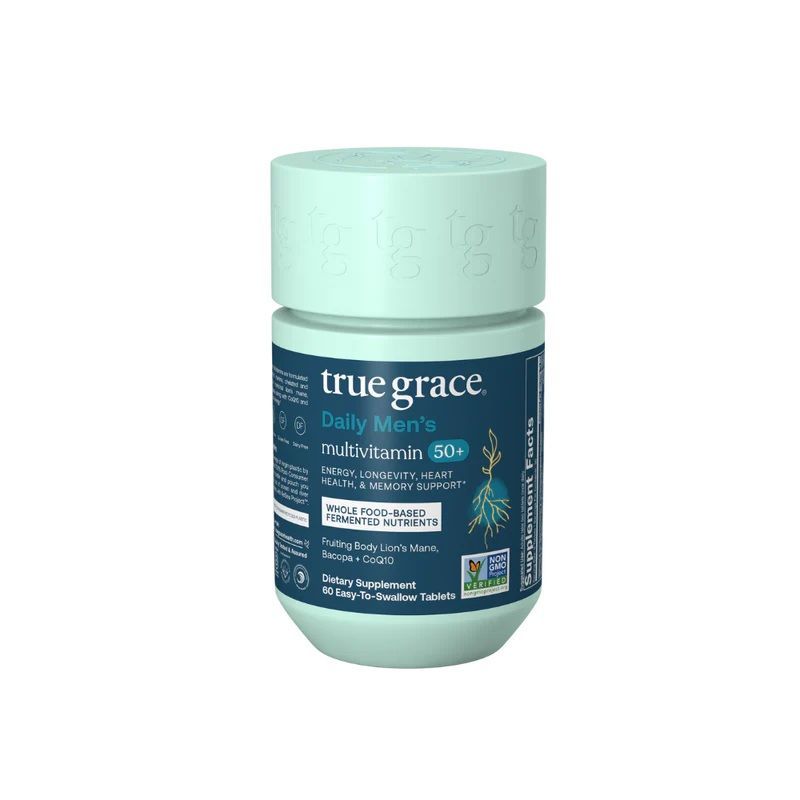
Over the years, I’ve tried just about every type of multivitamin out there: tablets, capsules, raw food blends, fermented formulas, you name it. And while many are a clear step above your big-box brands, it’s rare I come across one that actually makes me want to switch. Recently, I started taking the True Grace 50+ Multi , and I’ve been genuinely impressed. First, it checks all the right boxes for me. It’s made with fermented, whole-food-based nutrients that are easier on the stomach and better absorbed. It’s free of synthetic fillers, artificial colors, GMOs, and gluten. What makes this formula stand out is what it offers beyond the basics. This isn’t just another multivitamin with the usual laundry list of nutrients. True Grace 50+ is designed with targeted support for four key areas of healthy aging. You’ll find Lion’s Mane mushroom for brain health, CoQ10 for heart and cellular energy, and MenaQ7 (a patented form of vitamin K2 ) to guide calcium to the bones instead of the arteries. It also includes antioxidants to support long-term vision, which is a growing concern for many of us over 50. What really caught my attention, though, is ergothioneine , a naturally occurring amino acid often referred to as the “longevity vitamin.” It helps protect cells from oxidative stress and supports brain, heart, and skin health. Most multivitamins leave it out entirely or include only a token amount. This formula delivers a full 5 mg per serving, a dose that actually makes a difference. While the 50+ formula is what I personally use, True Grace offers a full line including Men’s and Women’s core multis , 40+ versions , plus a prenatal for moms-to-be. All with the same focus on clean, effective nutrition. Do I still believe in other whole-food-based multis? Absolutely. But this is the first time in a long while I’ve actually made a switch. And I’m glad I did. Mike Ventresca is the owner of Vital Choice Health Store located at 9243 Sprague Road in North Royalton’s Timber Ridge Plaza. The phone number is 440-885-9505 , or visit VChoice.com .

Whether it’s separation anxiety, fear of thunderstorms or trips to the vet, watching your furry friend feel overwhelmed is never easy. Just like in humans, chronic stress can take a serious toll on a dog’s emotional and physical well-being. Over time, anxiety can negatively impact digestion, heart health, and behavior, affecting your dog’s overall quality of life. The good news is some of the same natural remedies that help humans manage stress can also be incredibly beneficial for dogs. Of course, the dosages and formulations must be carefully tailored to meet a dog’s unique needs. Today, I would like to discuss a few natural remedies that can help support a calmer, more relaxed dog. Research shows that L-Theanine, an amino acid found in green tea, stimulates alpha wave activity in the brain, promoting a relaxed yet alert state. This helps dogs stay calm without feeling sedated, since sedation can sometimes upset and confuse dogs, making their anxiety worse. GABA (Gamma-Aminobutyric Acid) is another valuable tool. Often called the “feel-good neurotransmitter,” GABA helps calm nervous system activity and promotes a balanced, stable mood. Calm by Vital Planet combines both L-Theanine and GABA with additional soothing herbs, such as chamomile, lemon balm and valerian, along with a unique blend of flower essences, to help anxious dogs feel more secure and relaxed. It is available in both chewable tablets and soft chews. Finally, Calm, along with all Vital Planet’s pet products, is certified by the National Animal Supplement Council, ensuring exceptional quality and safety. Mike Ventresca is the owner of Vital Choice Health Store located at 9243 Sprague Road in North Royalton’s Timber Ridge Plaza. The phone number is 440-885-9505 , or visit VChoice.com .

When it comes to supplements for weight loss, I often tread carefully. The market is flooded with unrealistic claims promising effortless transformations—and let’s be honest, those simply don’t exist. That said, natural products can enhance your weight loss efforts, but they’re tools in the toolbox—not magic solutions. Today, I’d like to share a few of my favorite places to start. First, it’s important to understand that there’s no one-size-fits-all solution. The best way to find the right option is to identify your greatest obstacle: appetite control, fat burning, or metabolism. While we can’t cover all the options in one column, the key takeaway is that there are options, and we’re happy to help you find one that’s right for you. With that said, I’d like to briefly discuss one of my favorite formulas for increasing metabolism, burning fat, and balancing blood sugar: BerberTrim from Source Naturals. At its core, BerberTrim is powered by berberine, a compound found in plants like barberry. Research shows that berberine regulates blood sugar and insulin levels effectively. In addition, berberine activates AMPK, often called the body’s “metabolic master switch.” AMPK promotes fat breakdown while also inhibiting fat storage. To further support healthy blood sugar levels, BerberTrim includes chromium, cinnamon, and alpha-lipoic acid. To enhance fat burning and metabolism, the formula contains green tea and cayenne. Green tea promotes weight loss through caffeine, which boosts energy and metabolism, and EGCG, a compound that enhances fat burning and thermogenesis—the process by which the body generates heat by burning calories. Like EGCG, cayenne has also been shown to increase thermogenesis. To learn more or to discuss other options to support your weight loss goals, I invite you to stop in today. Mike Ventresca is the owner of Vital Choice Health Store located at 9243 Sprague Road in North Royalton’s Timber Ridge Plaza. The phone number is 440-885-9505 . This information is not intended to diagnose, treat, cure or prevent any disease.
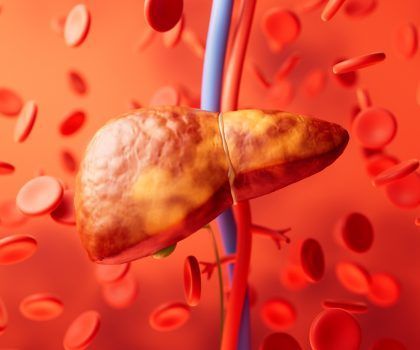
Non-alcoholic fatty liver disease (NAFLD) is a condition that currently affects nearly 25% of Americans and it’s on the rise. NAFLD is characterized by the buildup of fatty deposits in the liver in people with little or no alcohol intake and is the most common form of chronic liver disease. In some cases it can lead to liver damage similar to that of heavy alcohol use. NAFLD is said to effect approximately one out of every three women, and two out of every five men, aged 50 and older. One major problem is it doesn’t present obvious symptoms. While risk factors include high cholesterol, metabolic syndrome, obesity, sleep apnea and type 2 diabetes, most people have little or no symptoms. In fact, most people don’t know they have NAFLD until a blood test shows abnormal liver enzymes and damage may already be underway. While natural options like milk thistle and NAC are often thought of when discussing liver health, emerging research is pointing to none other than probiotics. Studies shows a healthy microbiome, fueled by a combination of probiotics combined with a prebiotic food source, creates a physical barrier keeping unwanted compounds and toxins in the gut where they belong instead of passing through the portal vein directly into the liver. FLORASSIST Liver Restore by Life Extension is a clinically studied daily formula that helps encourage a healthy ratio of liver-friendly gut bacteria. In clinical studies of both heavy and average weight subjects, the ingredients in Liver Restore encouraged healthy levels of liver enzymes used to measure liver health. It also helped improve measurements of C-reactive protein, a common health biomarker that is produced inside the liver. While full results were seen after 28 weeks, elevated liver enzymes were found to be back within the normal range after only seven weeks of use. Mike Ventresca is the owner of Vital Choice Health Store located at 9243 Sprague Road in North Royalton’s Timber Ridge Plaza. The phone number is 440-885-9505 . This information is not intended to diagnose, treat, cure or prevent any disease.
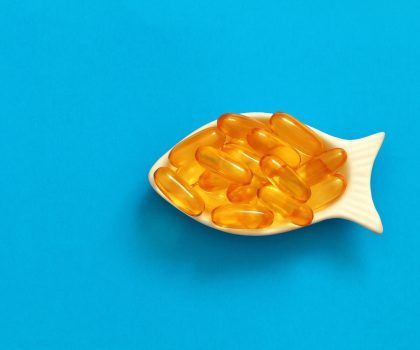
A recent study published in the British Medical Journal Medicine (BMJ) reported a confusing outcome. The authors found regular use of fish oil supplements by healthy individuals could increase the risk of developing atrial fibrillation, an irregular heart rhythm. However, for those who already have the condition, taking fish oil supplements decreased the risk of further development and improved their health. It’s important to note, this study was designed to report correlation, not causation. Additionally, the study had significant limitations, as it did not control for the amount, quality, or purity of the fish oil taken. Certainly, more research is needed. However, this topic highlights a key issue: the difference between the foundational and therapeutic use of supplements. Numerous studies have shown that fish oil supplements can provide therapeutic benefits. For example, taking a high dose of isolated omega-3s from fish oil can lower triglycerides, which I call therapeutic use—using a supplement as a natural medicine. On the other hand, there is a separate body of research that discusses the general health benefits of eating wild-caught fatty fish, like wild Alaskan salmon, three or more times per week. This is good foundational nutrition. The important question is: which do you need? For many, the answer is foundational. In that case, my favorite product is Wholemega by New Chapter . Wholemega is different from most fish oil supplements because it is not purified or isolated. Wholemega is cold-pressed, and just like a piece of wild salmon, naturally contains 16 different essential fatty acids, vitamin D, and even astaxanthin, the powerful antioxidant that gives salmon its color. Simply put, it is the closest thing to eating wild Alaskan salmon, something I think all health experts can agree on. This information is not intended to diagnose, treat, cure, or prevent any disease.
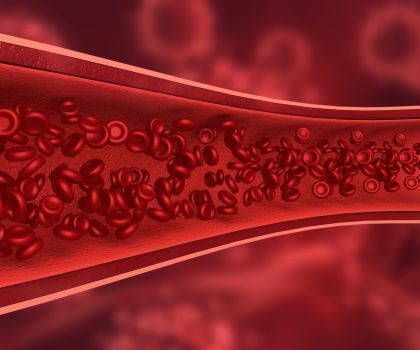
In 1980, Dr. Hiroyuki Sumi, MD, a researcher for the Japan Ministry of Education discovered a special enzyme found in the fermented food natto had tremendous potential to improve cardiovascular health by preventing excessive clotting and promoting smoother blood flow. He called this enzyme nattokinase. Nattokinase works by regulating fibrin, a protein involved in blood clot formation. Think of fibrin as a mesh used by the body to slow down blood and help a clot to form when you cut your finger. When this system works properly, the fibrin does its job, but then is dissolved by another substance called plasmin. When we’re young, we tend to have plenty of plasmin to dissolve the fibrin properly. However, due to normal aging as well as chronic inflammation and other conditions like hypertension and diabetes , plasmin levels decrease. The result is too much fibrin, leading to excessive clotting and slow-moving blood, increasing the risk of heart disease, thrombosis, and stroke. What makes nattokinase so special is its ability to break down fibrin by increasing plasmin production. In a sense, turning back the hands of time, it resets the proper fibrin response, and promotes smoother blood flow through the arteries. This in turn reduces the risk of blockages that can lead to heart attacks or strokes. In addition, nattokinase may also be able to lower blood pressure, improve cholesterol scores (by lowering LDL and raising HDL) and reduce inflammation. One of the best products nattokinase products available is Natto-K from Enzymedica. Natto-K uses a patented form of nattokinase proven to increase plasmin levels. For even greater support, Arthur Andrew’s Neprinol AFD offers unparalleled “anti-fibrin”, or fibrinolytic activity. It combines a high dose of nattokinase with serrapeptase, an enzyme used to treat inflammation. To be effective all nattokinase products must be taken on an empty stomach one hour before or two hours after a meal. Please note, if you are currently taking a prescription blood thinning medication do not take nattokinase without first talking to your doctor.



